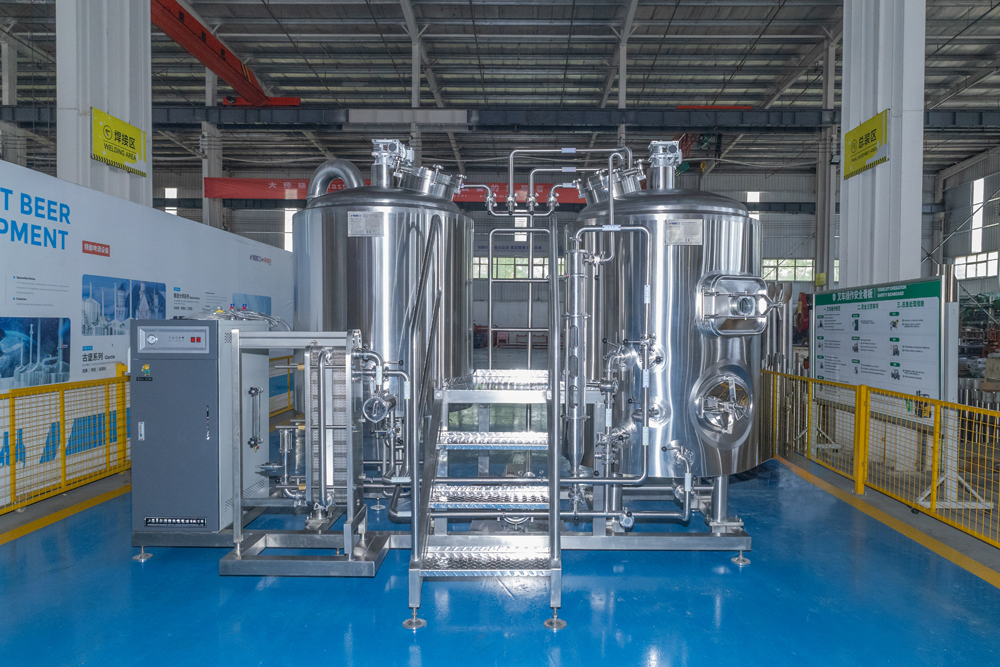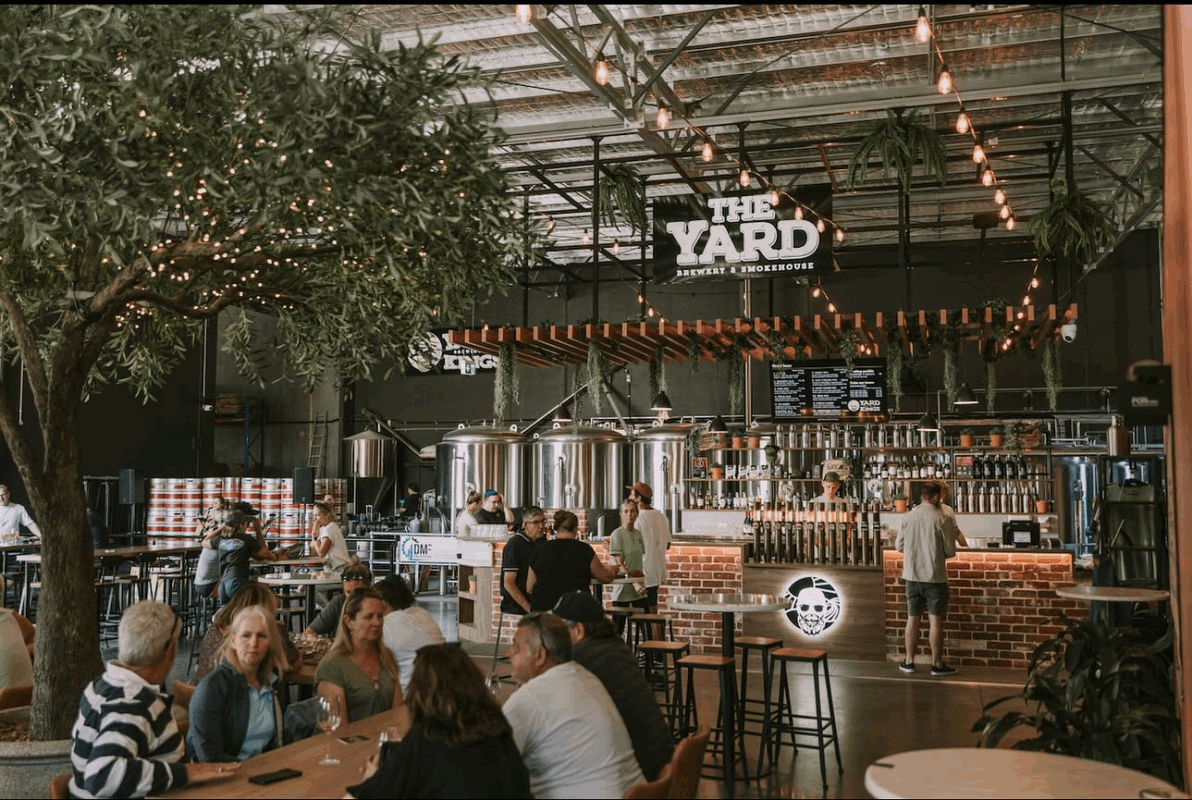How to Choose Beer
Craft beer has gradually captured the market, gained widespread popularity, and earned greater recognition. Many people claim that craft beer has a stronger flavor profile than industrial beer.
Understand Beer Styles, Find Your Favorite: The world of beer is incredibly diverse, ranging from crisp pale lagers to rich stouts, and uniquely flavored IPAs. When choosing beer, first identify your taste preference. If you enjoy a refreshing taste, opt for pilsners or pale lagers; if you prefer robust flavors, try IPAs or stouts.
Check ABV & Original Gravity: ABV (Alcohol By Volume) and Original Gravity are key indicators of beer quality. Higher ABV beers usually offer more intense flavors, suited for those who enjoy bold tastes. Original gravity affects the beer’s body and flavor; generally, higher gravity means a fuller, richer mouthfeel.
Observe Appearance & Foam: High-quality beer typically has a clear, transparent color, free from impurities or sediment. Furthermore, the foam (head) is crucial. A creamy, persistent head not only makes the beer look more appealing but also enhances the drinking experience.
Aroma Identifies Beer: Aroma is the soul of beer. Smelling the beer gives initial clues about its quality and taste profile. Quality beers usually feature pronounced aromas of malt, fruit, or hops, while inferior beers may have off-flavors or impurities.
Taste the Beer, Savor the Experience: When tasting, focus on mouthfeel, flavor, and finish. The mouthfeel should be smooth and refreshing. Flavors vary by style but should be harmonious and balanced. The finish (aftertaste) is the sensation left in the mouth; quality beers often have a long, pleasant finish that invites another sip.
Consider Brand & Origin: Brand and place of origin are important factors when selecting beer. Reputable brands usually adhere to strict production processes and quality control standards, ensuring consistent quality and taste. Different regions also produce beers with distinct characteristic flavors, allowing you to choose based on your preferences.

Why is Craft Beer Popular?
Rich Taste & Flavor Profile: Compared to the uniform taste of traditional industrial beer, craft beer attracts consumers with its rich palate and diverse flavor spectrum. Made with high-quality ingredients and meticulous brewing, craft beer presents a variety of textures and tastes—robust maltiness, refreshing fruitiness, and distinctive hop aromas—offering an unforgettable experience.
Craft beer has gradually captured the market, gained widespread popularity, and earned greater recognition. Many people claim that craft beer has a stronger flavor profile than industrial beer. Why is this?
Craft Beer:
Craft beer typically uses higher-quality ingredients, such as premium malt, hops, yeast, and water. It employs a greater variety and quantity of malt, along with larger additions of hops. These factors enhance the beer’s flavor complexity and depth.
Industrial Beer:
To reduce costs and ensure consistency in mass production, industrial beer often uses a higher proportion of adjuncts (such as rice, corn, etc.), with relatively less malt and hops. This results in a lighter taste.
Craft Beer:
Craft brewing emphasizes traditional, hands-on techniques and longer fermentation times, often involving multiple fermentation and aging stages. This allows for richer flavor development. For example, some craft beers undergo extended low-temperature fermentation, enabling yeast to fully develop complex aromas.
Industrial Beer:
Industrial brewing prioritizes efficiency and consistency, with shorter fermentation cycles (typically 7–14 days). This rapid process limits the generation of flavor compounds, resulting in a simpler taste.
Craft Beer:
Craft beers generally have higher Alcohol By Volume (ABV) and Original Gravity (wort concentration), contributing to a fuller body. Higher wort concentration means more fermentable sugars, yielding more alcohol and flavor compounds.
Industrial Beer:
Industrial beers have lower ABV (typically 3.5%–5%) and wort concentration, resulting in a lighter palate.
Craft Beer:
Craft brewers use hops abundantly—not only for bitterness balance but also for aroma through techniques like dry-hopping (adding hops during or after fermentation). This creates intense aromas and layered flavors.
Industrial Beer:
Industrial beers use fewer hops, primarily for balancing sweetness rather than enhancing aroma.
Craft Beer:
Many craft beers are unfiltered or minimally pasteurized, retaining yeast, proteins, and other compounds that add texture and flavor complexity.
Industrial Beer:
To extend shelf life and ensure visual clarity, industrial beers undergo fine filtration and high-temperature pasteurization, which strip away some flavor compounds.
Individuality & Creativity: The brewing process of craft beer is full of individuality and creativity. Each craft brewery can create unique beers based on its own philosophy and taste preferences. This distinctiveness and innovation make the craft beer market vibrant and full of surprises, meeting consumer demand for personalized, differentiated products.
Health & Quality: Craft beer emphasizes ingredient selection and brewing process control, resulting in generally higher quality. Craft beers typically have moderate ABV (alcohol by volume) and original gravity, satisfying taste preferences without placing excessive burden on the body. Additionally, craft beer contains beneficial vitamins and minerals when consumed in moderation.
Culture & Socialization: Craft beer is more than just a beverage; it’s a cultural and social vehicle. Increasingly, people use craft beer as a medium for gatherings and socializing, sharing beers and discussing flavors to foster friendship and understanding. Simultaneously, craft beer culture has taken root, becoming a fashionable lifestyle.

